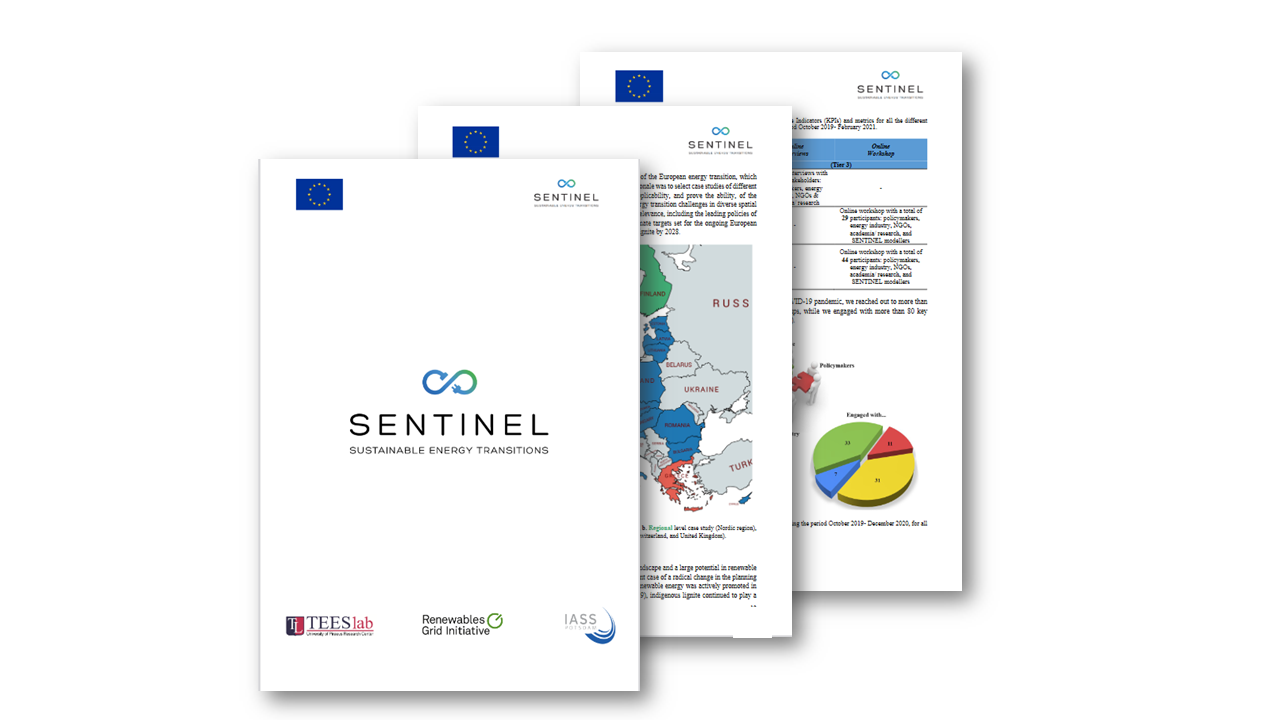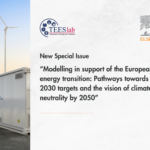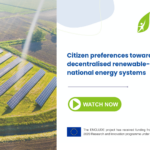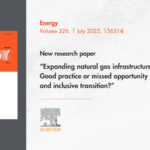Energy system models are advancing very rapidly and have been a valuable tool towards well-informed decision- and policymaking processes in Europe. However, despite progress so far, models’ complexity often raises questions about their ability to address multifaced issues of the energy transition, especially the ones that matter to model users. Considering that most existing models are “one-size-fits-all”, new targeted tools that will address transition challenges, relevant to different users, in specific geographical contexts, also taking into account diverse spatial scales, are needed.
To this end, one needs first to ask “What are the different energy transition challenges, according to stakeholders, in diverse geographical contexts and scales, that energy system models should be able to provide answers to towards climate neutrality in Europe?“
Our new SENTINEL report sheds light on this question by exploring how energy transition challenges differ across three specific cases of different scales, from the national (Greece) via the regional (Nordic Region) to the continental (EU). Our approach is based on reviewing policy documents and strategies, technical reports, and insights from the scientific literature, as well as on interviews and workshops with key stakeholders. Overall, we reviewed more than 100 literature sources and we engaged with more than 80 stakeholders from policy, the energy industry, the field of science and academia, and NGOs.
Our findings show contextual differences between the energy systems in Greece, the Nordic countries, and Europe, with varying degrees of ambition regarding decarbonisation targets, and the time-horizon that will be required to achieve them. However, the overall trend in all the three cases is significant emissions reduction targets dictated by the commitment to climate neutrality by 2050.
You can find the full report here.







